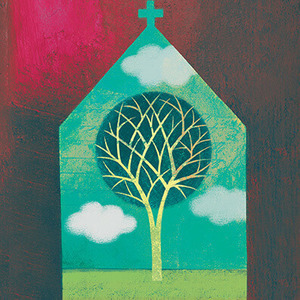
Everything I read about Hungary’s Bükk National Park sounds Edenic.
Low, green hills forested with oak, hornbeam and mountain beech conceal gentle waterfalls and cool ravines. Sunlit meadows add to the range of the park’s myriad microclimates, but the overall effect is temperate and pleasant. Wildflowers abound — the all-but-vanished lady’s slipper orchid may yet be found amo
ng the oxlips and alpine roses. Some 22,000 animal species thrive here, from beetles and butterflies to the European wildcat. Not long ago, the saker falcon, which once more nests in good numbers in the cliffs of Bükk’s majestic karst formations, nearly fell off the brink of extinction.
People visit for more than the scenery. Shot through with spelunkable caves, the park boasts Hungary’s largest network of woodland bike trails and is an internationally certified dark-sky preserve. Two hundred years of glass- and ironmaking scarred this earth, but the limestone-rich soils also have made the surrounding Eger region famous for its wines, while bountiful salt deposits beget alluring medicinal waters — and brisk business for Turkish baths. A herd of Lipizzaners, tended by elite breeders, graces the park’s northern border.
Why am I telling you all this?
Continue reading at ND Magazine.